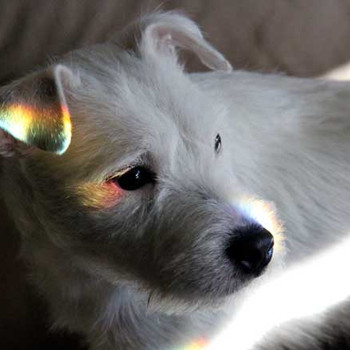Question #bd0ea
1 Answer
Jan 15, 2016
The volume of the bubble at the surface will be 600 mL.
Actually this would be the volume just under the surface, as the bubble would dissipate into the atmosphere at the surface.
Explanation:
Use the combined gas law, with the equation
Given/Known
Unknown
Solution
Rearrange the equation to isolate

